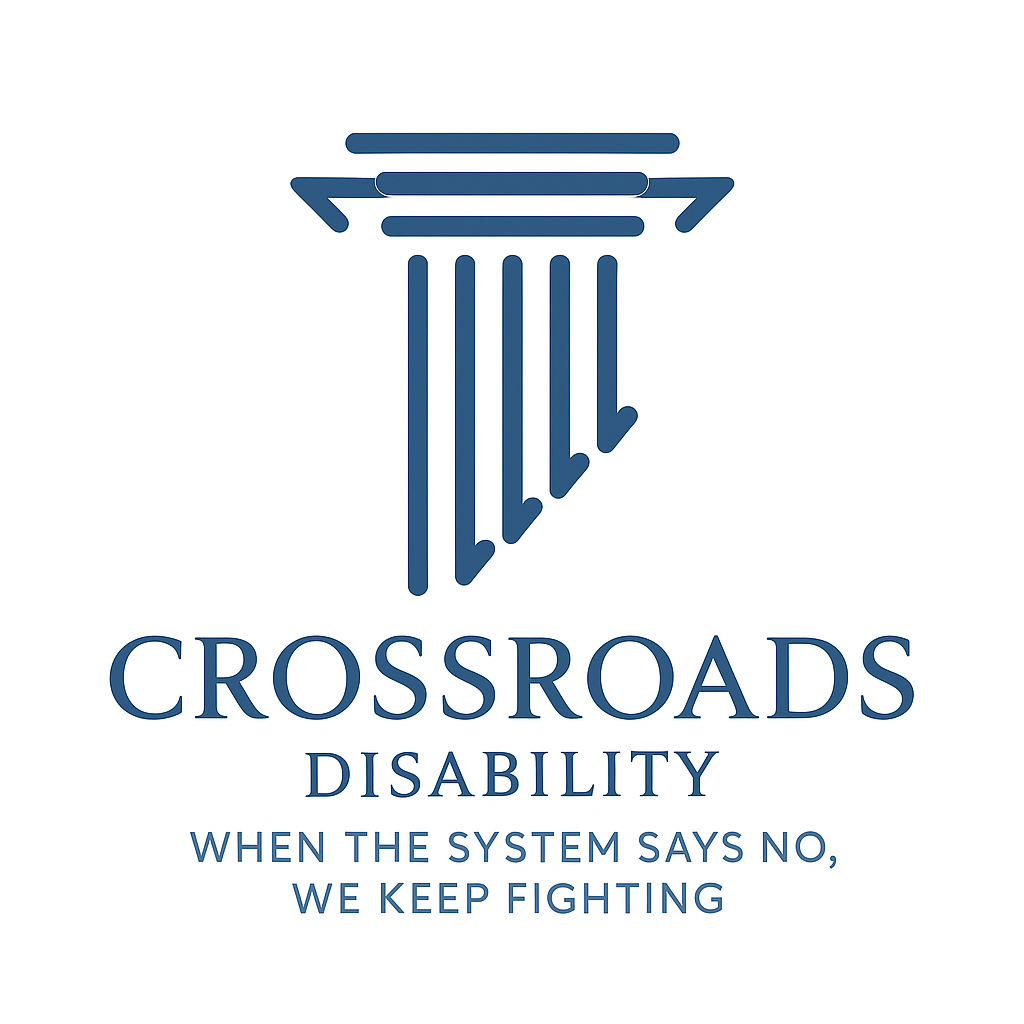How Much Do People Usually Get on SSDI?
How much does ssdi pay in benefits?

When you apply for Social Security Disability Insurance (SSDI), one of the first questions that comes to mind is: “How much will I get each month?”
The answer depends on your past work and earnings — not your medical condition or how severe your disability is.
Below, we’ll break down how SSDI payments are calculated, what the average monthly amount is, and how your personal history affects your benefit.
What Is SSDI?
SSDI (Social Security Disability Insurance) is a federal program that pays monthly benefits to people who are unable to work because of a long-term disability.
To qualify, you must:
- Have worked long enough and recently enough to earn Social Security work credits, and
- Have a medical condition that meets Social Security’s definition of disability.
Unlike Supplemental Security Income (SSI), SSDI is not based on financial need — it’s based on your lifetime earnings that were subject to Social Security taxes.
How SSDI Payments Are Calculated
Your SSDI amount comes from your Average Indexed Monthly Earnings (AIME) and your Primary Insurance Amount (PIA) — the same formula used for Social Security retirement benefits.
In simple terms:
- The Social Security Administration (SSA) looks at your highest-earning years.
- Those earnings are adjusted for inflation.
- SSA runs the numbers through a formula to determine your monthly benefit (PIA).
So, the more you earned and the longer you worked before becoming disabled, the higher your monthly SSDI payment will be.
Factors That Affect Your SSDI Benefit Amount
1. Your Past Earnings
Your income history is the single biggest factor.
Higher past earnings = higher SSDI check.
2. Cost-of-Living Adjustments (COLA)
Each January, SSA adds a
COLA increase to keep up with inflation.
For example, benefits rose
3.2% in 2024 and may rise again in 2025 depending on inflation data.
3. Other Disability Benefits
If you receive workers’ compensation or state disability benefits, SSA may offset (reduce) your SSDI check so that the total amount you receive doesn’t exceed 80% of your average earnings before you became disabled.
4. Family Benefits
Your spouse and children may qualify for auxiliary benefits on your record, potentially increasing your family’s total monthly amount — up to about 150–180% of your own SSDI benefit.
How to Estimate Your Own SSDI Payment
You can check your exact SSDI estimate by:
- Visiting our free disability payment and benefit calculator by clicking here
- Visiting our free backpay calculator by clicking here
What About Back Pay?
When your SSDI claim is approved, you may receive lump-sum back pay for the months (or even years) SSA took to decide your case.
SSA can pay benefits retroactively up to 12 months before your application date if your disability began earlier — plus any months you waited during the review process.
What If You Also Qualify for SSI?
If your SSDI amount is
very low, you may also qualify for
Supplemental Security Income (SSI) to help you reach a minimum income level.
This combination is called
“concurrent benefits.”
Bottom Line
The average SSDI check in 2025 is about $1,720 per month, but your actual amount could be higher or lower depending on your work history, earnings, and other benefits.
If you’re applying for SSDI or have questions about your potential benefit, Crossroads Disability at Crossroads Law Group, LLC can help.
Our team helps clients throughout Indiana apply for SSDI, appeal denials, and understand what to expect financially — so you can focus on your health, not paperwork.










